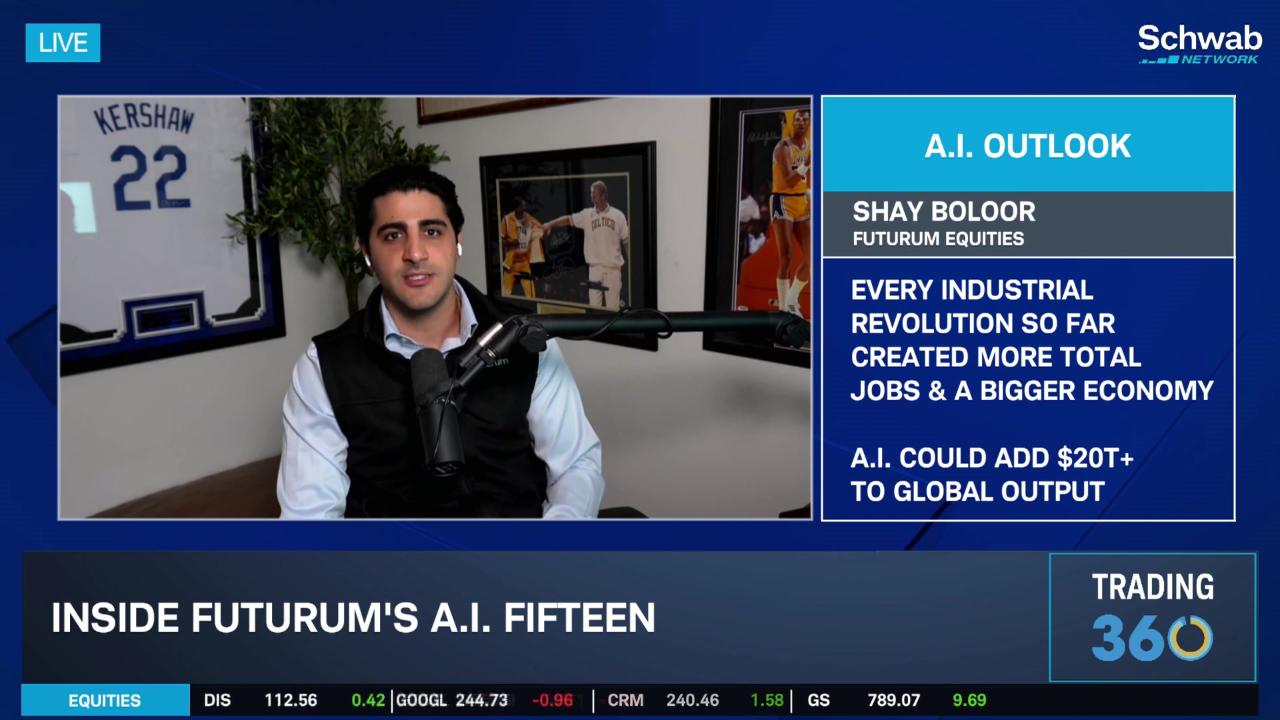- Market Minute
- Posts
- Oil Prices Tumble before OPEC+ Meeting
Oil Prices Tumble before OPEC+ Meeting

It has been a wild two weeks for oil markets. Just last Friday, September 26th, WTI crude was trading at two-month highs, with the active November contract trading above $66 per barrel. Fast forward to this week, and crude is now hovering near four-month lows. That kind of swing underscores just how volatile price action can be when supply-side dynamics dominate the market outlook, rather than demand-side forces, which tend to provide more stability.
Several headlines contributed to the selloff. Russia ramped up exports after resuming operations at its largest Baltic oil port, which had been disrupted by Ukrainian drone attacks weeks earlier. Baker Hughes reported a robust increase in U.S. oil rig counts last Friday, signaling potential domestic supply growth. Meanwhile, speculation has swirled around the possibility of OPEC+ raising production quotas yet again, despite global consumption trends remaining tepid at best.
This Sunday, October 5th, OPEC+ will convene to discuss potential production increases. Some reports have floated the possibility of an additional 500,000 barrels per day. However, such speculation is often exaggerated ahead of these meetings. OPEC itself pushed back against the rumors, issuing a statement on X dismissing “misleading media reports regarding the upcoming G8 meeting.”
The market consensus is closer to a modest quota increase of about 137,000 barrels per day. Importantly, quotas and actual production are not the same. The G8 sets the official quota “cap,” but member states frequently produce below—or sometimes above—that level. Earlier this year, Iraq and Kazakhstan habitually exceeded their quotas, prompting the group to adjust targets to rein them back in. In many cases, quota adjustments serve more as symbolic gestures than as mechanisms to materially increase supply.
Markets, nonetheless, tend to brace for the worst ahead of these announcements. Historically, the final quota figures often come in below expectations, which can spark a rebound in Brent and WTI prices once the dust settles.
That said, WTI crude trading below $65 is a troubling signal for domestic economic strength. While lower prices may help cool inflation, another sustained leg lower could be an ominous indicator of broader economic slowing ahead.
Featured Clip
Tune in live from 8 a.m. to 5 p.m. ET, or anytime, anywhere, on‑demand.
Or stream it via thinkorswim® and thinkorswim Mobile, available through our broker-dealer affiliate, Charles Schwab & Co., Inc
Please do not reply to this email. Replies are not delivered to Schwab Network. For inquiries or comments, please email [email protected].
See how your information is protected with our privacy statement.
Charles Schwab and all third parties mentioned are separate and unaffiliated, and are not responsible for one another's policies, services or opinions. Schwab Network is brought to you by Charles Schwab Media Productions Company (“CSMPC”). CSMPC is a wholly owned subsidiary of The Charles Schwab Corporation and is not a financial advisor, registered investment advisor, broker-dealer, or futures commission merchant.

